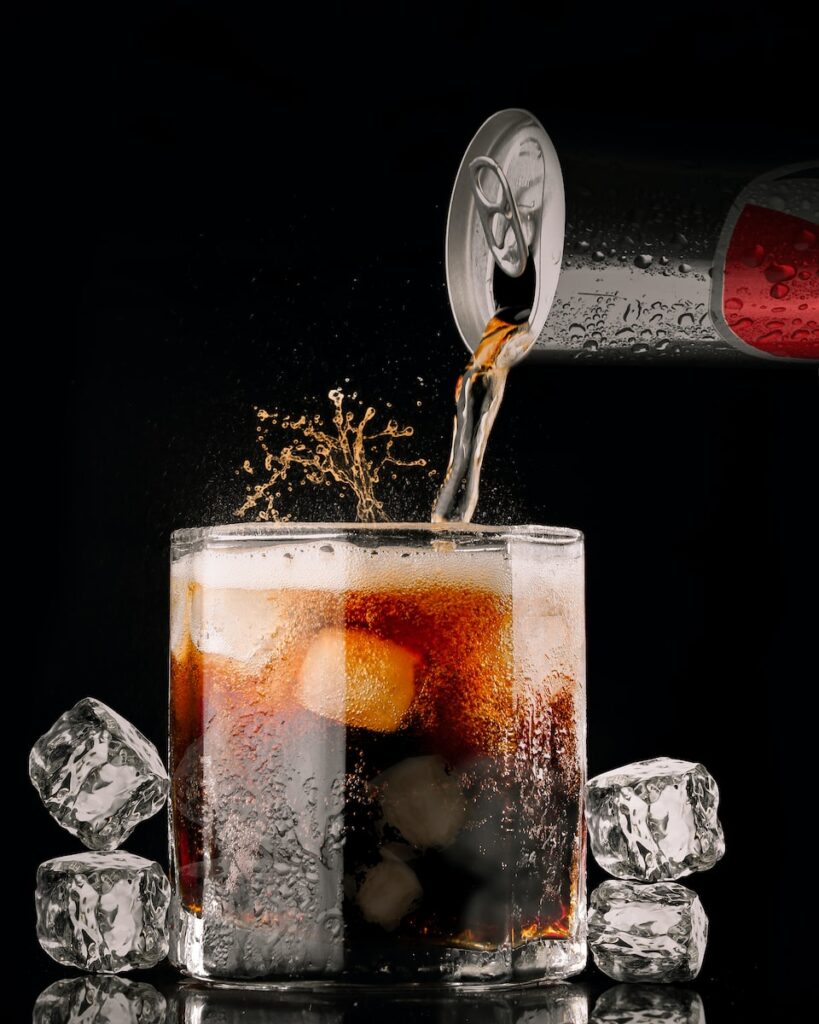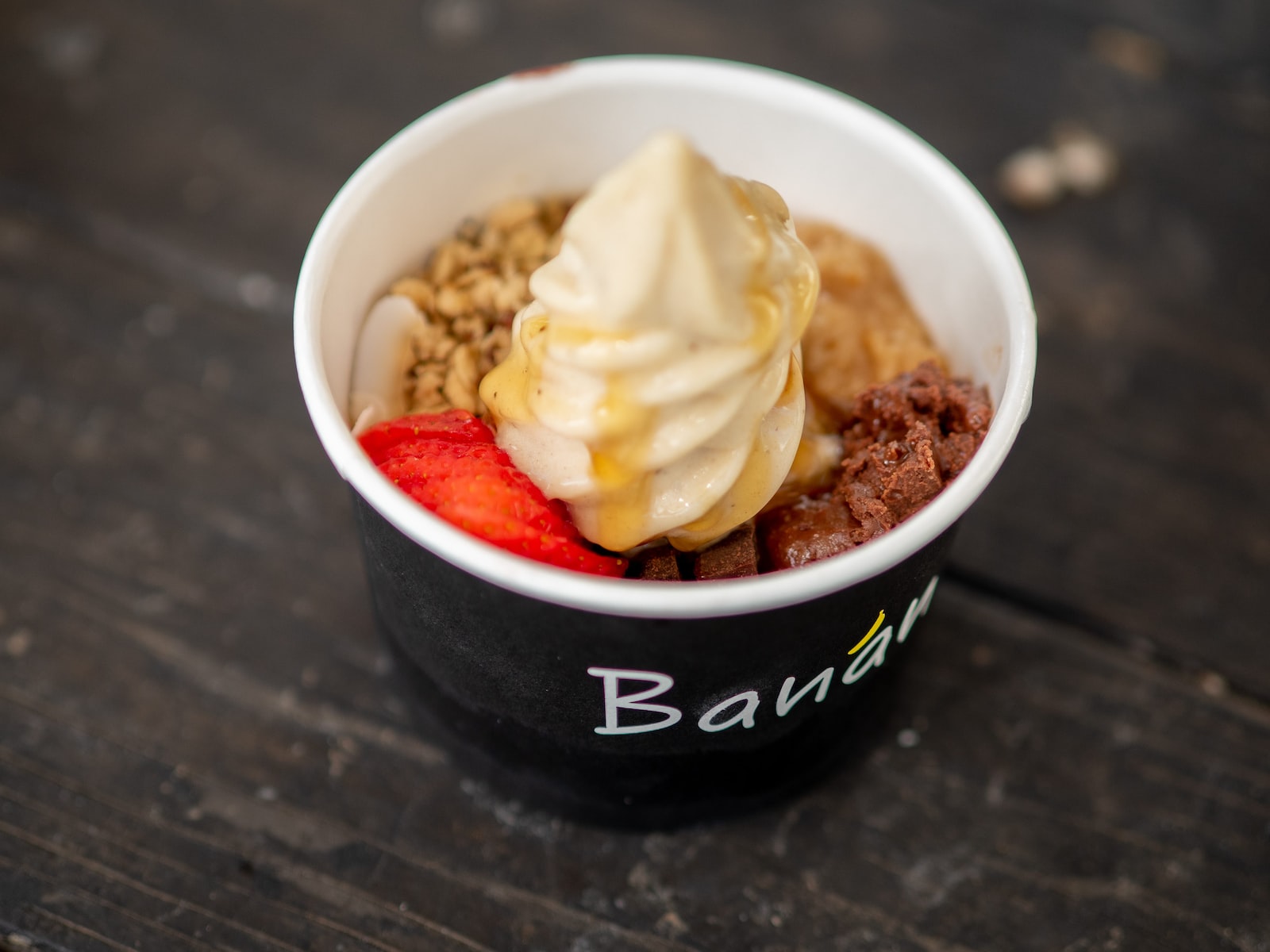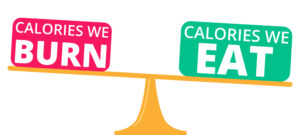In a morality-laced wellness culture, the world is divided into two food groups: Virtue-signaling “clean” foods, and evil, bad foods.
You know what? In many cases, the virtue signaling-food is actually not materially healthier. I have identified several common categories that compare the demonized food and the halo effect, then shine a light on reality. As for a solution, you can now eat the food you really want knowing that there is no real moral superiority to the alternative. OR you do what I do in many cases which is identify the core craving behind wanting a particular food and satisfy it with a healthier alternative, not a “faux healthy” version of that food.

Potato chips v. Veggie chips
- The demonized food: Potato chips
- Why it’s demonized: High in trans fats, calories, and salt, and the whole “you can’t eat just one” thing (unless you are Jennifer Aniston
- The “halo foods”: Veggie chips or plantain chips.
- Why the halo is illusory: If you compare the nutrition info, the calories per serving of all of these foods are round about 150 calories for an ounce, with just as many carbs. Some varieties of the veggie, cauliflower, or plantain chips contain slightly less fat, but not materially. The same chemical formula is used to make sure you eat the whole bag!
- The healthier alternative: It is likely at the end of the day, you want something salty and/or crunchy. Consider pickles, olives, salted nuts (but watch portion sizes), or kale chips.
Frozen yogurt v ice cream
- The demonized food: Ice cream
- Why it’s demonized: It is high in calories, sugar and fat. A typical ½ cup serving is only about 130-170 calories, depending on the brand, but a scoop is actually 1-1.5 cups, and most people have more than one scoop – all minus the toppings and cone.
- The “halo food” – frozen yogurt (especially the non-fat kind)
- Why the halo is illusory : While Frozen yogurt contains active culture that have probiotic properties, many brands, especially the fat free kinds, have a lot of added sugar, just like ice cream. The halo effect also gives consumers some added “buffer” to happily add toppings at the bar. Also, the self-serve nature of the handle and big bucket-like cups can very likely lead to eating 2 -3 times the calories you would than if you go to the ice cream shop and get a measured scoop. Another watch out: many smoothie places (another “halo” food”) use frozen yogurt as a base for both smoothies and acai bowls, so read the ingredient list carefully. Otherwise an acai bowl you think is super healthy could be just like an ice cream sundae!
- The healthier alternative for your “core” craving: You want something creamy and sweet, with a little sauce? Try some Greek yogurt with honey or lemon curd (it tastes like cheesecake!). Greek yogurt contains a lot of protein, and the full-fat, plain version is creamy with less sugar.

Diet soda v regular soda
The demonized food: Soda. It is practically synonymous with obesity.
- Why the halo is illusory: Diet sodas usually contain aspartame, which is an artificial sweetener. Long term constant consumption of aspartame has been shown to have negative health effects, though these findings remain open to debate.
- One of the biggest noted side effects of drinking diet drinks is that the intense sweetness from the artificial sweeteners (up to 200 times from real sugar) combined with the lack of calories, confuses the brain and the taste buds. This can lead to less consumption of naturally sweet health foods, like fruits, and increased cravings for sweet foods. It can be a domino effect. Have you ever had an afternoon when you mainlined a couple of diet sodas and then went on a scavenger hunt through the office candy jars? There is a rational explanation, at least.
- The healthy alternative: If your “core craving” is to have something bubbly with a hint of flavor, consider flavored sparkling water – there are so many braids, like Poland Springs, La Croix, San Pellegrino, that have natural flavors with carbonated water.
- And guess what! Research suggests that sparkling water hydrates you just as well as regular water!

Granola v Sugary cereal
- The demonized food: Any cereal containing a cartoon character on the box. What used to be the stuff of Saturday morning cartoons is a diet culture no-no. To be fair, it is basically a collection of puffed refined grains with additives, although many varieties do have high degrees of fortified vitamins some of us may lack in the diet – like Vitamin A, K and Iron.
- Why the Halo effect is illusory: Did you know granola has been around in the 1800s? That means it has had plenty of time for good PR spin. Pictures of bears, addition of “wholesome” ingredients like maple, walnut, and cranberry all take you straight to a Vermont farmer’s market. There are also gluten-free, keto-friendly, and grain-free varieties. Nevertheless, granolas are usually high in sugar and additives – after all, something has to make all that stick together. If sugar is reduced it is usually replaced with more fat. Each serving of granola usually is right around the 200 calorie ceiling for a pithy ¼ cup serving, which would basically disappear into the milk of even a small-sized cereal bowl. With regular cereal, you at least get a generous serving of a full cup or more for 130-150 calories.
- The healthier alternative: Using steel cut oats with your own ingredients, like chia seeds, nuts, and honey can be a truly more “natural” alternative to granola. Alternatively, find a lower calorie whole grain cereal and add some fruit to give you added fiber. If you love love love granola, I don’t blame you. Have it as a topping on a yogurt or chia seed pudding so that you actually consume the recommended portion size, and keep a 1/4th cup measure cup in the box.

Bagels v doughnuts
- The demonized food: doughnuts
- Why it’s demonized: They are high in calories, sugar, and fat, and basically you can polish off one in 3 bites and feel like you ate nothing…so you have another one.
- Why the halo effect is illusory: Bagels are the same shape as doughnuts, yet they have a curious status as being an “acceptable” healthy food to grab for breakfast when you are on the run or at the office (bagel day!). In fact, did you know a bagel at Dunkin’ Donuts has 300 calories, whereas a donut only has 240? While bagels have less sugar, they, too, are still made of processed white flour and have little fiber. Attempts to pass off sesame seed, multigrain, or blueberry as healthy are surprisingly successful. We haven’t even gotten to the cream cheese!
- The healthier alternative: If it is morning, you are probably just hungry, so consider a high-protein option like an omelet, and if you are on the go, an egg sandwich- Dunkin Donuts has a wake up egg wrap for just 180 calories. You will feel healthier and a lot more satisfied!

Bran muffins v croissants
- The demonized food: croissants
- Why it’s demonized: Because croissant is French for “cellulite.”
- Why the halo effect is illusory: So you are at a conference, and you have the bran muffins on one side, and cookies and cupcakes on the other. You reach for the bran muffin, thinking that it is the “healthy” choice. Though the bran is likely never to blame in the muffin, the high amount of sugar and canola oil is. In fact, the nutrition-fact panel of a muffin (even a bran muffin) can be 400 to 500 calories, include 40-plus grams of sugar, and show that a muffin is usually worse for you than a chocolate chip cookie.
- The healthier alternative: Your “core” craving is maybe wanting something warm and homemade, or sweet and moist. Consider making your own zucchini muffins – zucchini has basically no flavor but it adds mass, making it a great ingredient in oats and baked goods If that is too much work, Kind bars have savory and sweet ingredients. You could also try mxzing a banana with some nut butter and flaxseeds to get the same “goo” texture but with more natural ingredients.






